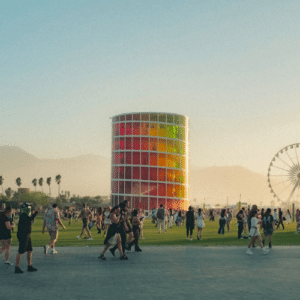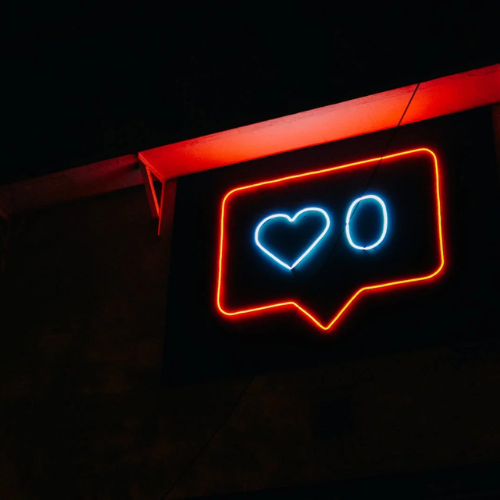How the shift of the fashion industry through social media can help the industry to become more sustainable
Over the last few years, the influence of social media on fashion has risen drastically. In the past, trends in fashion were driven by fashion magazines, runway shows, designer collections, and celebrities. However, with the rise of social media platforms like Instagram, Tiktok, and Twitter the industry has shifted to a different consumer-driven approach. Nowadays social media is an important marketing tool for designers and fashion brands.
One of the key factors driving change in the fashion industry is the rise of “influencers.” Social media platforms have given influencers significant power as gatekeepers of fashion trends. Brands send them clothing and accessories to feature in their Instagram and TikTok posts, and their followers often turn to them for fashion inspiration. A prime example of this is Alix Earle, who has gained widespread popularity on TikTok and has become a leading trendsetter. People closely follow her fashion choices, makeup tutorials, and other content, proving that while traditional runway shows and editorials are still important, it is the influencers who have the most substantial impact on fashion trends.
Additionally, the advent of social media has democratized the fashion industry, allowing almost anyone to share fashion-related content. This has led to a wider range of voices and perspectives on fashion, as individuals from diverse backgrounds are able to promote and create their own fashion brands. This has resulted in a more diverse and inclusive fashion industry. Social media has also given rise to a variety of fashion styles, from goth to maximalism, minimalism to coquette, allowing individuals to showcase and find representation for their personal style.
Furthermore, the shift toward social media has accelerated trend cycles. With the ability to quickly spread information, social media platforms have made it possible for influencers to reach millions of people within minutes. This has led to a consumer mindset where people feel the need to keep up with the latest trends, leading to shorter trend cycles. Where trends used to last for months or even years, they can now come and go within a week, driven by the fast-paced nature of social media.
Given that social media has played a huge role in the fashion industry’s major impact on the environment by essentially creating a consumer-driven mindset, it is important to consider how this shift in fashion through social media can create a more sustainable fashion industry.
Social media can be a powerful tool to help the fashion industry become more sustainable by promoting transparency and accountability. As we have noticed consumers are becoming much more aware of the environmental and social impact of the industry, and they are demanding more information on the products they buy. The platforms can be used to share information about the materials used, production processes, and conditions under which the clothes are made. This transparency can help consumers make more informed decisions and call out brands that do not have sustainable business practices. I noticed this in full play this week when Fenty Beauty (an amazing brand overall!) posted a TikTok on their “refillable container”. Followers of the brand were quick to point out that this container only added to the plastic used and was essentially considered greenwashing. This shows that people are well aware of the importance of sustainability and now also have the ability to call brands out.
Another way social media can help create a more sustainable industry is by promoting more sustainable fashion trends. By promoting sustainable fashion brands we can change consumers’ perception of what is actually fashionable AND sustainable. While there is definitely a consumer mindset we can also see that people like to look for vintage or second-handed items more. Additionally, more people are highlighting the importance of high-quality pieces also have become much more popular and many are trying to create a capsule wardrobe.
All in all, we can conclude that social media can play a significant role in promoting a sustainable fashion industry. It can create transparency and encourage fashion brands to adopt more sustainable practices. Additionally, it can help raise awareness of sustainable fashion trends and boost their popularity. To make a difference, however, it’s crucial to actively engage with these initiatives. I have compiled a list of sustainable fashion accounts that you hopefully find informative and worth following.
Click here for the header picture (the image is by jcomp on Freepik)
All pictures used are from the Instagram accounts mentioned and all pictures contain a link to the source

Festival Fashion: The Environmental Impact
April brought the iconic Coachella music festival, unofficially signaling the start of festival season. Coachella is one of the biggest music festivals in the world,

Documentary: Brandy Hellville & the Cult of Fast Fashion
Remember Brandy Melville, the fashion brand with the one-size clothing and many, many crop tops? It was a staple of the Californian dream aesthetic during

Introducing Remake: Accountability in Fashion
In a world where fast fashion is dominating, and overconsumption is at an all-time high, the environmental and especially social costs are often overlooked. The







